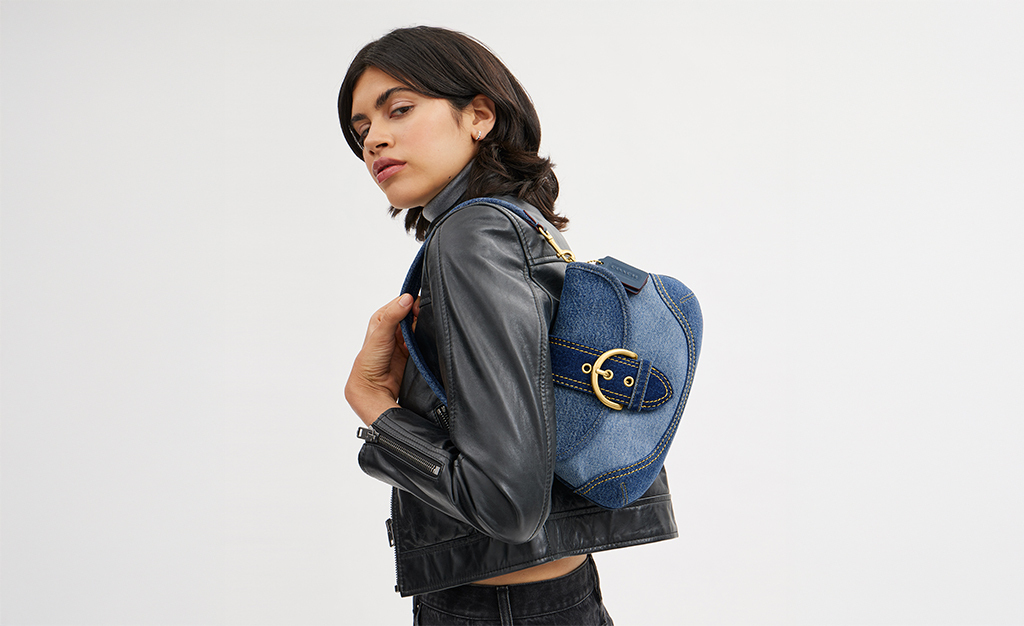
The opinions expressed here by Trellis expert contributors are their own, not those of Trellis.
In a world where business decisions are ultimately based on revenue, sales and profits, circular business models are often siloed in sustainability strategies. To mitigate this reality, many fashion businesses are shifting their success metrics to provide clear, quantifiable evidence of how these models unlock resilience and competitiveness.
The Ellen MacArthur Foundation’s latest project — The Fashion ReModel — is working with leading brands, from high-street to high-end, on what it will take to implement circular business models at scale and begin to make the economics work, while also targeting key intervention points to improve commercial viability.
One year into the project, insights reveal which success metrics are most effective for building a compelling business case that drives internal buy-in and brings stakeholders on board.
Establish a revenue-based ambition for circular business models
Resale, rental, repair and remaking models enable businesses to offer new services, providing multiple revenue streams from one product. At the same time, costs can be reduced due to savings from better resource productivity and risk reduction. What the industry is missing is a meaningful metric to demonstrate the contribution of these models to a business’ overall revenue.
Participants of The Fashion ReModel are working towards their own revenue ambitions to increase the percentage of their total revenue derived from circular business models. By using gross percentage revenue, these brands and retailers have moved the success of circular business models into the core of their businesses, with a clear metric to monitor and align around.
H&M Group, for example, has invested in resale models to create additional growth. In 2024, resell sales represented 0.6 percent of H&M Group’s total turnover, up from 0.3 percent in 2022. Contributing to this growth is Sellpy, Europe’s largest secondhand clothing peer-to-peer platform. Sellpy has significantly increased its revenue contribution to H&M, doubling its share since 2022.
Identify new ways to articulate value — starting with customer benefits
In today’s linear system, the profit margins of circular business models can appear lower when compared like-for-like with linear models. The Fashion ReModel partnered with the NYU Stern Center for Sustainable Business to identify several benefits areas that showcase how circular models can drive business resilience in ways businesses aren’t currently tracking.
One of the critical areas identified is customer benefits. Circular business models offer an opportunity to diversify the relationship with the customer — improving loyalty, engagement and acquisition. Businesses can rethink their customer experiences, designing touchpoints beyond a single product sale.
Arc’teryx, for example, is capitalizing on this opportunity to tap into new customer bases. Its platform for resale and repair services, ReBIRD, has doubled its business year-on-year. Customers can visit ReBIRD Service Centers in stores to assess, wash or repair their product, keeping clothing in the loop and out of landfill.
Quantify the climate mitigation opportunity
With over 500 textiles, apparel, and footwear companies committed to science-based targets or commitments, circular business models offer an opportunity to deliver and demonstrate progress on ambitions by displacing upstream production and keeping products in use for longer, thereby cutting emissions.
Some organizations participating in The Fashion ReModel are using a combination of climate metrics to quantify this impact and further strengthen the business case. Absolute emissions, in particular, is the only metric able to evidence whether businesses are on track to meet decarbonization ambitions.
Take Coach’s Soho denim bag, a product that has been both commercially successful and lowered carbon emissions. It was created by two brands with a long history of reuse and repair. Tapestry (the parent company of Coach) partnered with Bank & Vogue (Canada’s largest secondhand clothing trader) to demonstrate how remaking products out of post-consumer existing denim has a lower environmental impact.
To quantify this, Tapestry commissioned a life-cycle assessment which found that Bank & Vogue’s repurposed denim has up to an 80 percent reduction in GHG emissions compared with conventional first-use denim. With this data, Tapestry can show this product’s ability to help meet its ambitious goal to achieve net-zero GHG emissions by 2050.
A starting point to make the economics work
The journey to scaling circular business models in the fashion industry begins with individual business action. But to make these business models the norm, broader collaborative action is required both within organizations and beyond.
To transform vision into value, increased financing and investment are needed across key areas such as marketing and infrastructure to collect, sort and redistribute merchandise. Businesses can also drive alignment on emissions reporting and measurement frameworks, such as by supporting the GHG Protocol with its revisions to better reflect business activity aligned with the transition to a circular economy. Lastly, businesses must inform an ambitious policy agenda to create industry-wide alignment around critical policies to make the economics work.








